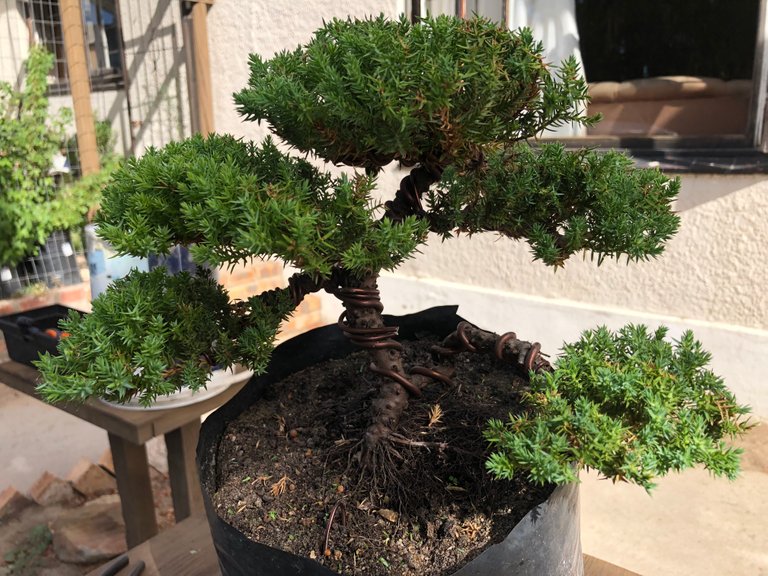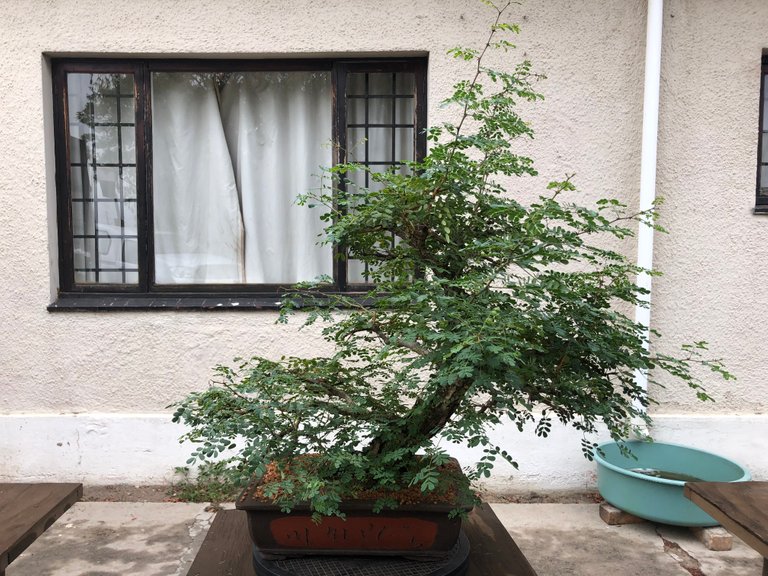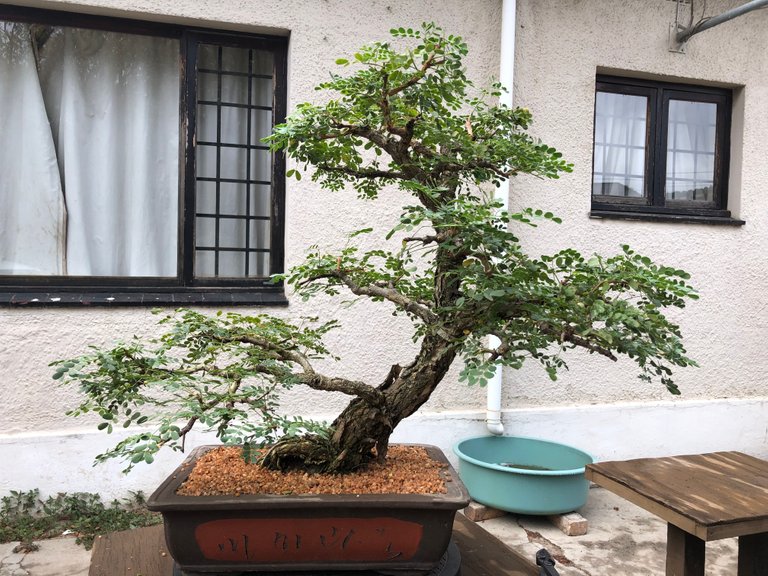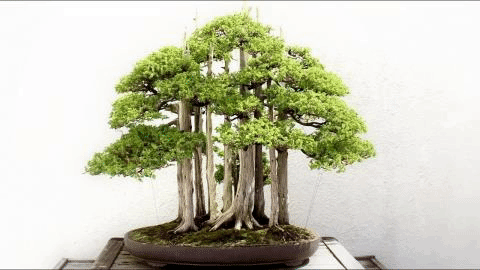
Ever wondered how to take care of a bonsai tree? Well today I will be sharing a few tips and things I do to keep my bonsai trees in shape and most importantly in good health.
In this blog I will be telling you how I go about maintaining the shape of my bonsai trees. So before I start with the pointers lets just establish what bonsai maintenance is. Bonsai maintenance is the general care of you bonsai tree throughout the trees life, at least that is what it means in this context. The dictionary says that maintenance is state of preserving a condition but in bonsai you do not preserve a state/condition as we always trying to improve or better our trees. Most of the bonsai trees we see on the internet of in movies are trees that are very old but were also very well looked after. These trees look good because they are cared for daily and get trained using bonsai cultivation techniques. These techniques need to be done over a period of time before you can really see the effects. To a bonsai #noob the tree just looks amazing but to a bonsai enthusiast the tree shows the result of continues maintenance. To get your tree too look like these trees we see in the media you need to work out a schedule that works for you, but also covers all the need for you tree. Scheduling is half the work done after doing that you will have to master the techniques required to shape your tree.
I divide my maintenance into three cycles:
- Daily maintenance
- Weekly maintenance
- Annual maintenance
Under each one of these cycles I have different sub categories. Like trimming, repotting and watering to name but a few. I will be discussing the tasks under each cycle later in the blog. Each one of these cycles are important as each one of them caters for a different need. Not all trees have the same needs and not all trees gets worked on during each cycle. It is a very good idea to keep a record of each tree so that you can plan ahead. If you miss a cycle you can still work on the tree within a few days after the planned time. It just makes if more difficult as you workload will start to overlap if you do not finish as planned.
Daily Maintenance.
Most of us do daily maintenance without thinking about it. It is part of our routine. During daily maintenance I water my trees once of twice depending on the season. I also take this time to remove new weeds and mark trees that needs to be treated for pests. If there is time left I would trim a few trees as well.Weekly Maintenance
Under weekly maintenance I treat trees for pests and feed them with fertilizer. I like to call this weekend maintenance. I do these tasks over weekends when I have more time so that I can make sure that the solutions are applied correctly. This is very important as some pesticides are very strong and you do not want to apply to little because then you will have to apply it again and again. On the other hand you do not want to apply a solution that is too strong as you might damage the tree. So take great care when working with pesticides. Try and use organic solution before trying out chemical solutions.Annual Maintenance
During annual maintenance I would repot trees, change the soil, redesign trees or style new trees. Once again do this over weekends when I have more time for my trees. I have a calendar in my garage so if I note something during my daily or weekly maintenance that requires attention during repotting or if a tree needs to be restyled I make a note on the calendar. I also apply Lime Sulfur to my trees with deadwood during summer so that it is dry and has time to pull into deadwood before the wet winter season.
There are a few tasks like removing wire, trimming and defoliating that can not really be placed under these maintenance cycles mentioned above but you can use your own judgement to determine the right time to preform these taskes depending on the growth of the tree. There is a lot more that I could cram into this blog but I will rather let this soak in and spread the more detailed description of these tasks mentioned above over the next few weeks.
I will start of with this trimming that I did over the weekend. Here is a time-lapse that shows me deweeding and trimming three young trees.
As you can see in this video above the two larger trees had weeds in that were almost higher than the tree. This is due to the fact that these trees were left to grow as I wanted more foliage on the trees. Leaving them for that long just made it so much more difficult to remove the weeds.
Here is my Black Monkey Thorn that I featured at the end of year.
 If you look at this tree you can not think that this can be the same tree. But wait let's see how the tree looks after a trim!
If you look at this tree you can not think that this can be the same tree. But wait let's see how the tree looks after a trim!

Much better! The sunlight can get in between the branches and promote back budding closer to the trunk. This tree was trimmed just in time as some of the leaves closer to the trunk were starting to turn yellow.
Trimming can be done daily or weekly depending on the season and the growth on the tree. You can also spread the trimming of a tree over two weeks. In the first week you trim the top of the tree. The next week you trim the reset of the tree. This helps to spread the growth evenly throughout the tree. You can use this technique to cut back dominant branches thus allowing other areas to access more sap.
Thank you for taking the time to read my blog. Hope you enjoyed it and that you could learn something new. Please feel free to leave your comments in the section provided below.


Congratulations @romanolsamuels! You received a personal award!
You can view your badges on your Steem Board and compare to others on the Steem Ranking
Do not miss the last post from @steemitboard:
Vote for @Steemitboard as a witness to get one more award and increased upvotes!